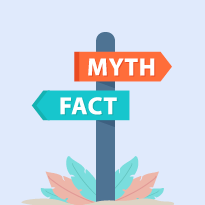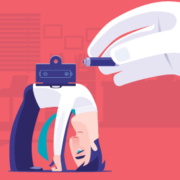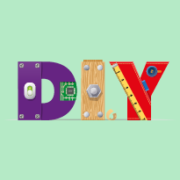10 Hearing Aid Myths We’re Busting
10 Hearing Aid Myths We’re Busting
Are These Misconceptions Standing Between You & Needed Care?
Most hearing loss can be effectively managed with appropriately fit hearing technology. Yet more than 80% of children and adults worldwide who could benefit from hearing aids don’t use them. That’s at least 1 in 5 people missing out on potentially needed help. Lack of access can play a part, but myths and misconceptions might also get in the way.
We’re breaking down 10 hearing aid myths that can be a barrier to better hearing health. Some of them may sound familiar or even remind you of perceptions that gave you pause about hearing technology. Read on for the facts and a fresh perspective on today’s innovative hearing solutions. They might be just the nudge you or a loved one needs to reclaim the sounds you’re missing.
- Myth: Hearing aids cost too much to be affordable
Fact: Today’s hearing technology comes in a range of budget-friendly technology levels. Plus, financing programs, potential insurance coverage, and even possible leasing opportunities can go a long way. With research linking hearing loss to other conditions such as cognitive decline and increased risk of falling, the consequences of inaction could prove an even bigger cost.
- Myth: Hearing aids don’t actually help.
Fact: Millions of hearing aid users — and science — would disagree. We see firsthand the positive effect improved hearing has on our patients and their families, helping people reconnect with the relationships and activities that matter most. Quality hearing aids make it easier to understand speech and other sounds, and research ties hearing aids to better physical, social, mental, and financial health.
- Myth: Hearing aids are ugly and bulky.
Fact: Ugly? Not 21st century hearing aids, which are sleek, small, and — in many cases — virtually invisible. With some 10–11% of people worldwide with what researchers consider “disabling hearing loss” wearing hearing aids, you’ve probably encountered folks wearing them and didn’t even notice. Devices include various styles and colors, and some sit deep in the ear canal or behind the ear, largely out of sight.
- Myth: Hearing aids are a pain to maintain.
Fact: With a little TLC and periodic professional checkups, hearing aid care is easier than you may think. The devices might require some basics — cleaning, changing wax guards, removing moisture or earwax buildup — but cleaning kits, hearing aid dryers, and other accessories help make it a cinch. Plus, rechargeable options eliminate the inconvenience of replacing disposable hearing aid batteries.
- Myth: Hearing aids are for older adults with hearing loss — not for me.
Fact: Even babies, some of whom have had permanent hearing loss from birth, wear hearing aids. As a critical public health issue, hearing loss doesn’t discriminate, making it important to have the best hearing aids at any age. If you have signs or symptoms of hearing loss, today’s innovative devices — tailored to your needs by a trained, licensed professional — may be just the solution for you.
- Myth: Hearing aids don’t last.
Fact: Quality hearing technology that’s well-maintained can last quite a while — on average about three to seven years. Plus, we’re here to help you get the most from your devices for as long as possible through support such as periodic clean-and-checks, repair services, and guidance on easy, home-based DIY care. We also offer extended warranty packages for further peace of mind.
- Myth: Buying hearing aids online, by mail, at a big-box retailer, or drugstore saves time, money, and offers the same results as devices fit by a licensed hearing care professional.
Fact: Nothing takes the place of a proper diagnostic hearing evaluation and professional selection of hearing technology tailored to your hearing level, lifestyle, and key listening situations. Rather than focus on a widget, we’re dedicated to building trust, providing long-term value, and delivering solutions backed by our knowledge, experience, and commitment to your optimal hearing health.
- Myth: Hearing aids just make a sound louder — nothing special.
Fact: Hearing aids do amplify sound, which is important, but they also accomplish so much more for your hearing health. They filter out background noise; often have directional microphones that can help you further focus on the sounds that matter; and can connect with wireless mics, hearing loop systems, smartphones, laptops, TVs, and other resources that help you work or play on your terms.
- Myth: One hearing aid is good enough — I don’t need two for my hearing loss.
Fact: Binaural hearing, or the ability to perceive sound through both ears rather than just one, plays a critical role in working with the brain to distinguish the source and direction of sounds — commonly known as “localization.” Using two hearing aids not only assists that function but curbs the need for choosing higher volumes on your devices. That’s because lower tones seem louder when the brain has the benefit of both ears.
- Myth: A personal sound amplification product, or PSAP, is sufficient for my hearing loss.
Fact: Wearable electronic amplifiers, designed to hear environmental sounds for those who don’t have hearing loss, only make a sound louder and are neither regulated nor recommended to treat actual hearing loss. Inappropriate use of PSAPs could even cause or aggravate hearing damage, so it’s best to let your licensed hearing care professional evaluate your hearing and work with you on the best solution for your individual communication needs.
With some 10–11% of people worldwide with what researchers consider “disabling hearing loss” wearing hearing aids, you’ve probably encountered folks wearing them and didn’t even notice.
What Do Hearing-Aid Wearers Say?
Hearing aids can feel like an overwhelming step — especially if misconceptions have given you or the people in your life a bit of pause. On average, people who suspect a hearing loss typically wait an estimated seven or more years before pursuing help and might delay getting professionally fitted with hearing aids for over a decade after a hearing-loss diagnosis.
Hearing-aid use, however, has changed countless lives, from babies hearing their parents’ voices for the first time to teens, young adults, and the young at heart reconnecting with the sounds that matter most — whether at home, work, or play. But don’t just take it from us; hear what users have to say through some interesting studies demonstrating the power of hearing aids!
An analysis of the Hearing Industry Association’s MarkeTrak 2022 online survey, for example, found that 64% of hearing aid owners who had gotten their devices in the prior five years reported quality-of-life benefits. The number marked a jump of 9 percentage points from the 2019 version of the survey and a 16-point rise from the 2015 research.
A Eurotrak UK 2022 study by the British and Irish Hearing Instrument Manufacturers also reportedly found a high percentage of responding device users — 95% — associating their hearing aids with an improved quality of life, including social engagement, relationships, and more. Two-thirds of respondents even wished they had gotten their hearing technology sooner.
Similarly, older adults who use hearing aids are more likely to report significant improvement in their physical and mental health, sense of independence, sex life, ability to play sports, and other important areas of life, per a 1999/2000-released study by the National Council on Aging. Notably, family members of loved ones who used hearing aids also reported significant improvements in quality of life.
Knowledge is power, so don’t let myths and misconceptions stop you or a loved one from moving forward on the path to optimal health. Contact our caring team for comprehensive support on your better-hearing journey!













